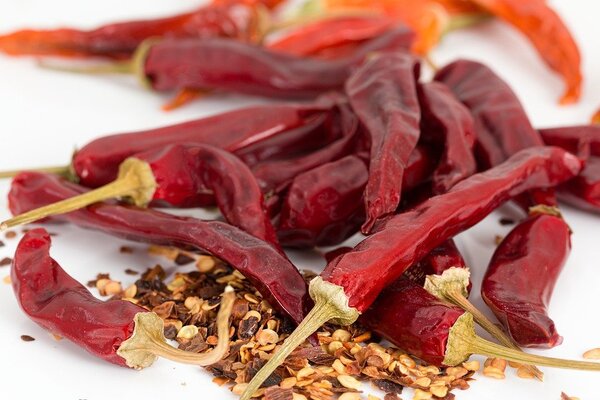Top Tips For Growing Chili Peppers At Home

Chili pepper plants are hardy, and their pods have many interesting culinary uses. However, have you ever considered growing them instead of buying them at the grocery store? Here are a few tips aimed at helping out the novice hobby chili grower in their quest for peppers.
Choose The Right Pepper
There are around 4000 varieties of chili pepper, with the number continuing to grow as agriculturalists and enthusiasts selectively breed plants. Companies like Happy Valley Seeds in Australia offer a huge variety of pepper types for home growing, so start looking here for your seeds. The type of chili you choose to grow at home should largely come down to your individual culinary needs. Some pepper types are far too hot for use in everyday cooking and suit sauce-making more. Others, like bird’s eye chilis, are completely suitable for everyday dishes. Some chili farmers have opted to create the hottest possible chilis to provide pods for eating competitions and daredevils. Chilis bred for their heat alone are not usually a good place to start as they have very little culinary value.

Do Not Overwater
Like all plants, chili peppers need water to grow. Overwatering, however, can seriously damage your plants. Water saturated with soil is a very common cause of diseases and growing problems. If a chili plant’s roots are saturated with water, then they cannot absorb oxygen. If in any doubt, water your plant less than you initially think is right. It is easier to slowly increase the amount of water given when a plant looks dry than to sort out serious problems caused by overwatering.
Know Your Soil
Conduct some research on your prospective chili plant and find out what kind of soil it typically grows in. PH level and density are both very important factors in the successful nurturing of a chili plant. Many modern chili varieties are incredibly hardy and do not need unusual soil to grow. Chili pepper plants typically have very shallow roots. This means that they suit looser soil that allows them to spread easily.
Get The Right Fertilizer
Chili plants do not need fertilizer to grow successfully, but you will get the best results if you feed your plants well. Loam-based seed fertilizer is a good choice for coaxing the first shoots out of your newly buried seeds. Horse manure is also a wonderful natural fertilizing material that chili pepper plants love. Gently spritzing the leaves with saltwater has also been proven to help growth.
Pinch And Clip
Much in the same way that you would prune a rose plant, removing some small areas of growth on your chili plant can help promote speedy increases in size and yield. When your plant is about 6 inches tall, pinch or clip the very top end of the plant and remove any flowers that are growing. Be very careful not to damage any of the plant’s leaves during this process. When a plant has been in its final planting location for more than four weeks, stop clipping or pinching the extremities.






